





The Surrealism Website
Automatism in Surrealism by Adam McLean
In the first Manifesto of Surrealism Andre Breton proposed this once and for all definition:-
Surrealism, n. Psychic automatism in its pure state, by which one proposes to express -- verbally, by means of the written word, or in any other manner -- the actual functioning of thought. Dictated by the thought, in the absence of any control exercised by reason, exempt from any aesthetic or moral concern.
Breton was a writer and initially conceived surrealism as a means of automatic writing that could break what he saw as the restrictions of reason, and the established patterns and conventions of writing. He reached out to various visual artists in his milieu, and encouraged them to use similar automatism techniques in creating their art. In the aftermath of the publication of the Manifesto, Andre Masson and Max Ernst, among others, began to experiment in this way - Masson with automatic drawing often using a pen, and Ernst with grattage and frotage - the transference of a texture, say from rough wood or stone slabs, onto paper of canvas by rubbing or scraping.
Masson's period of automatic drawing was short lived and perhaps insignificant as art except for its historical significance. He rapidly abandoned this and took up figurative surrealism. Here are some of these drawings from 1924 and 1925.
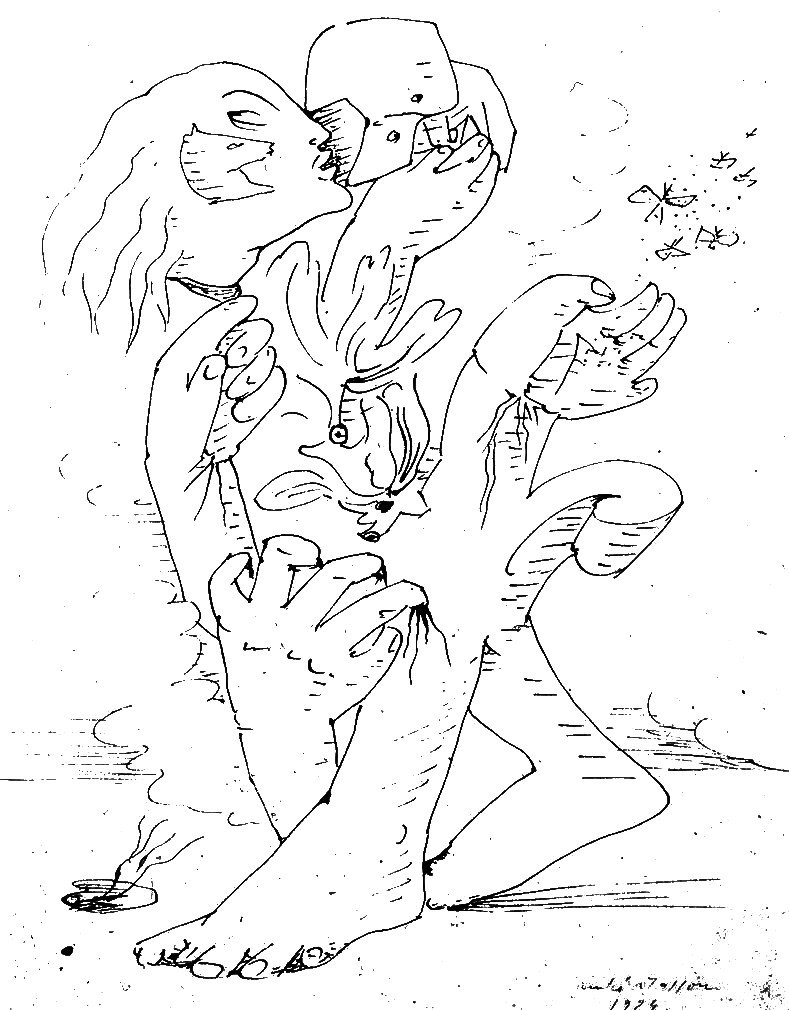
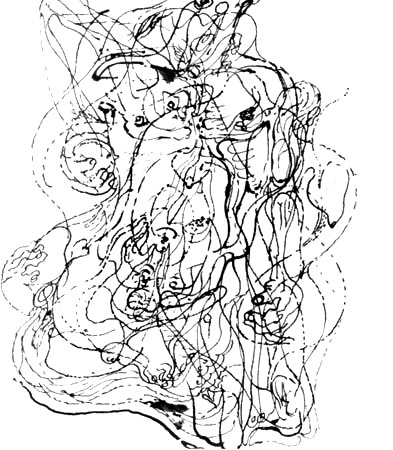
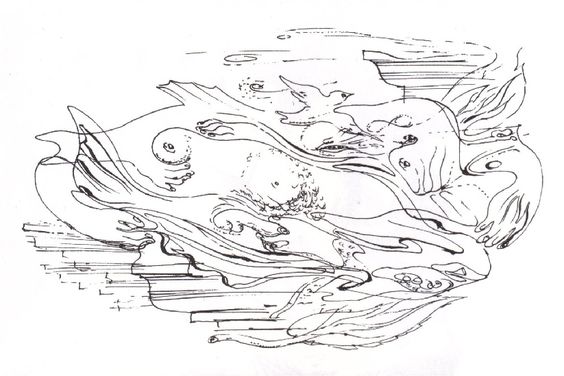
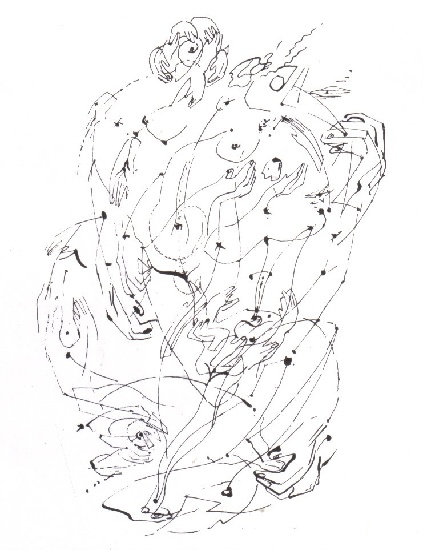
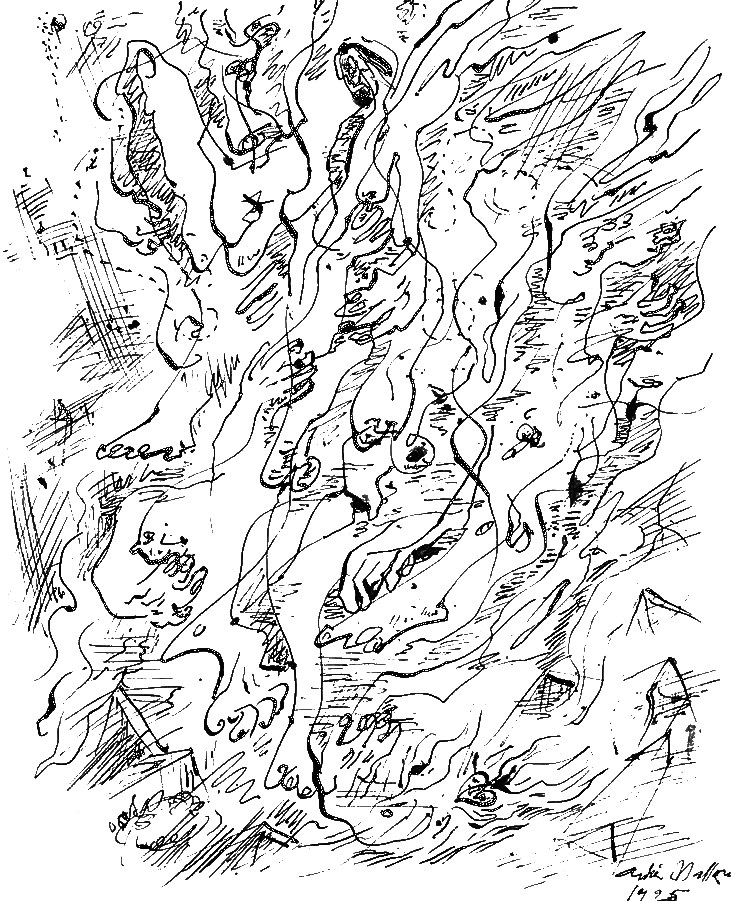
Max Ernst used frottage from 1925 for a few years before returning to collage and figurative surrealism. This was the period of his 'forests', forms created by rubbing and scraping a
texture from wooden floorboards. He would then paint some image, often an annulus or a bird form, on top of this. He seems to have for the most part abandoned this by about 1927, though he occasionally revisited to this during the early 1930's. Here are some of his 'forest' paintings.
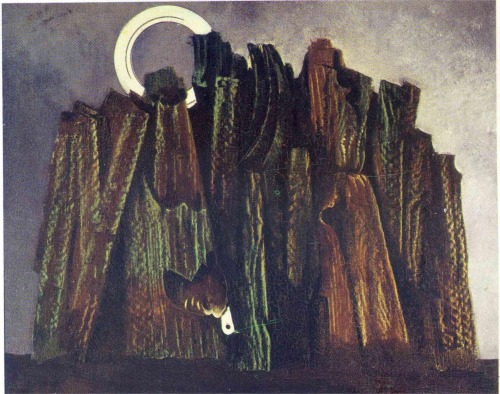
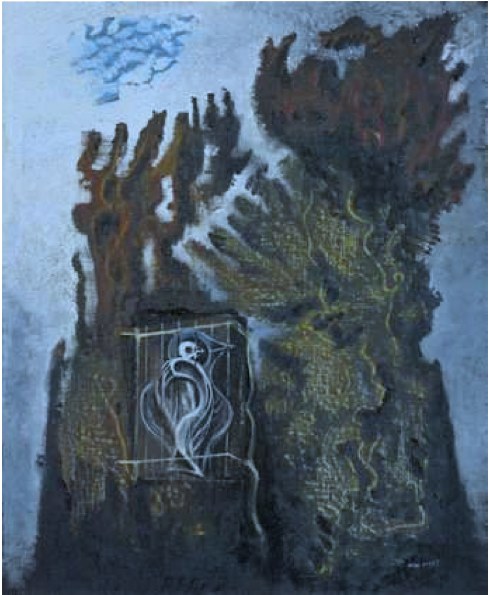
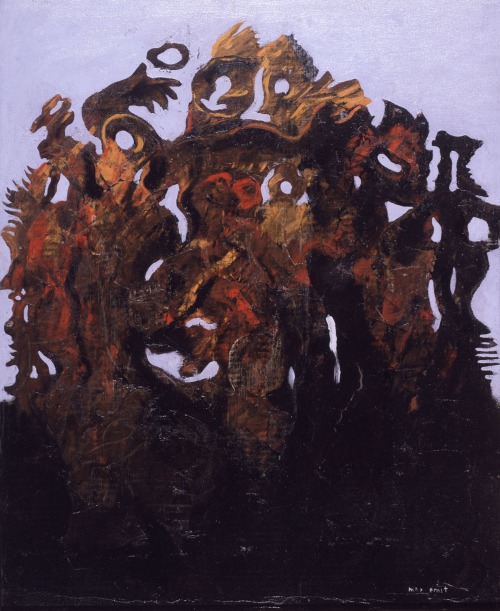

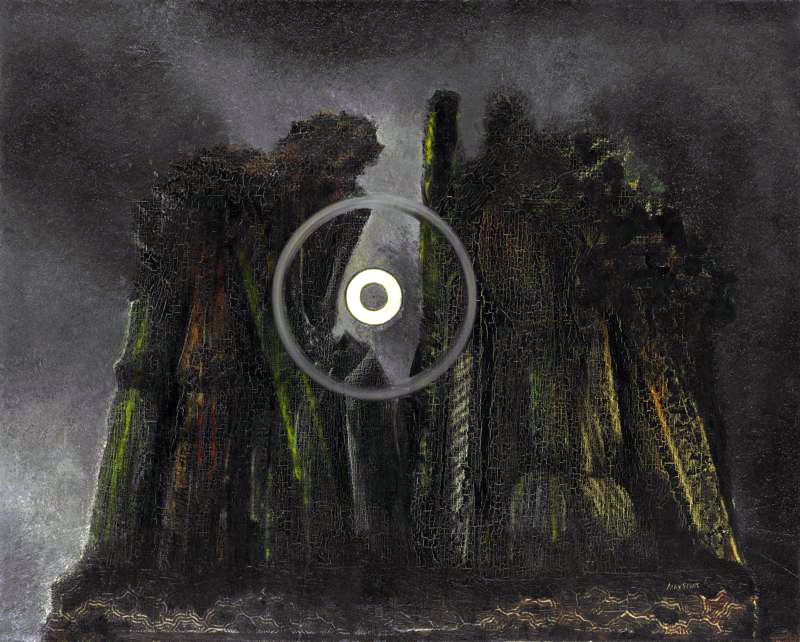

In the late 1930's through the 1940's he took up the decalomania technique which Oscar Dominguez had introduced to him. This was more a method for applying paint, rather than pure automatism and we will return to discussing this in a later article.
Breton's rather simplistic idea that the visual arts could be transformed through artists adopting automatism techniques, proved to be a dead end and total failure. Instead, the surrealist artists used their imaginations to create imagery and figurative forms which challenged logic and established conventions of representation. It was not until the late 1940s that automatism appeared again in the American Abstract Expressionism of such as Jackson Pollock or Cy Twombly.















